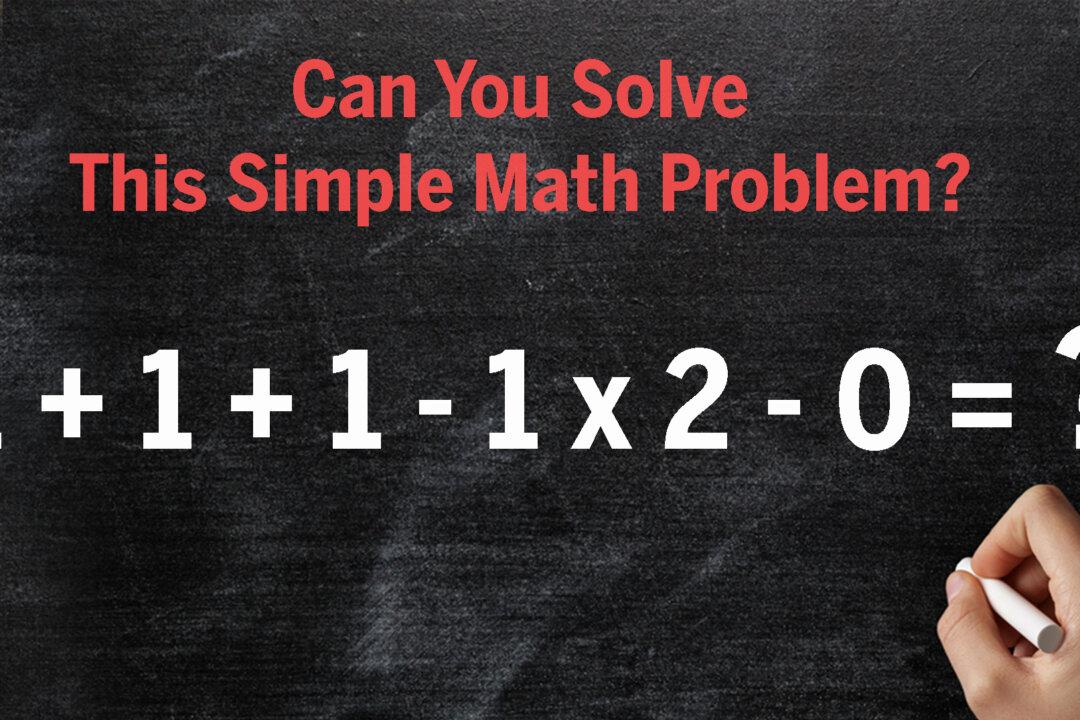For many readers, it may have been a long time since middle school math class. However, a seemingly simple “middle school” math equation is circulating online, and it’s baffling netizens for one particular reason: it is actually a little more complex than it looks.
Before revealing the solution, here’s the equation that is getting people talking: 1 + 1 + 1 - 1 x 2 - 0 = ?





